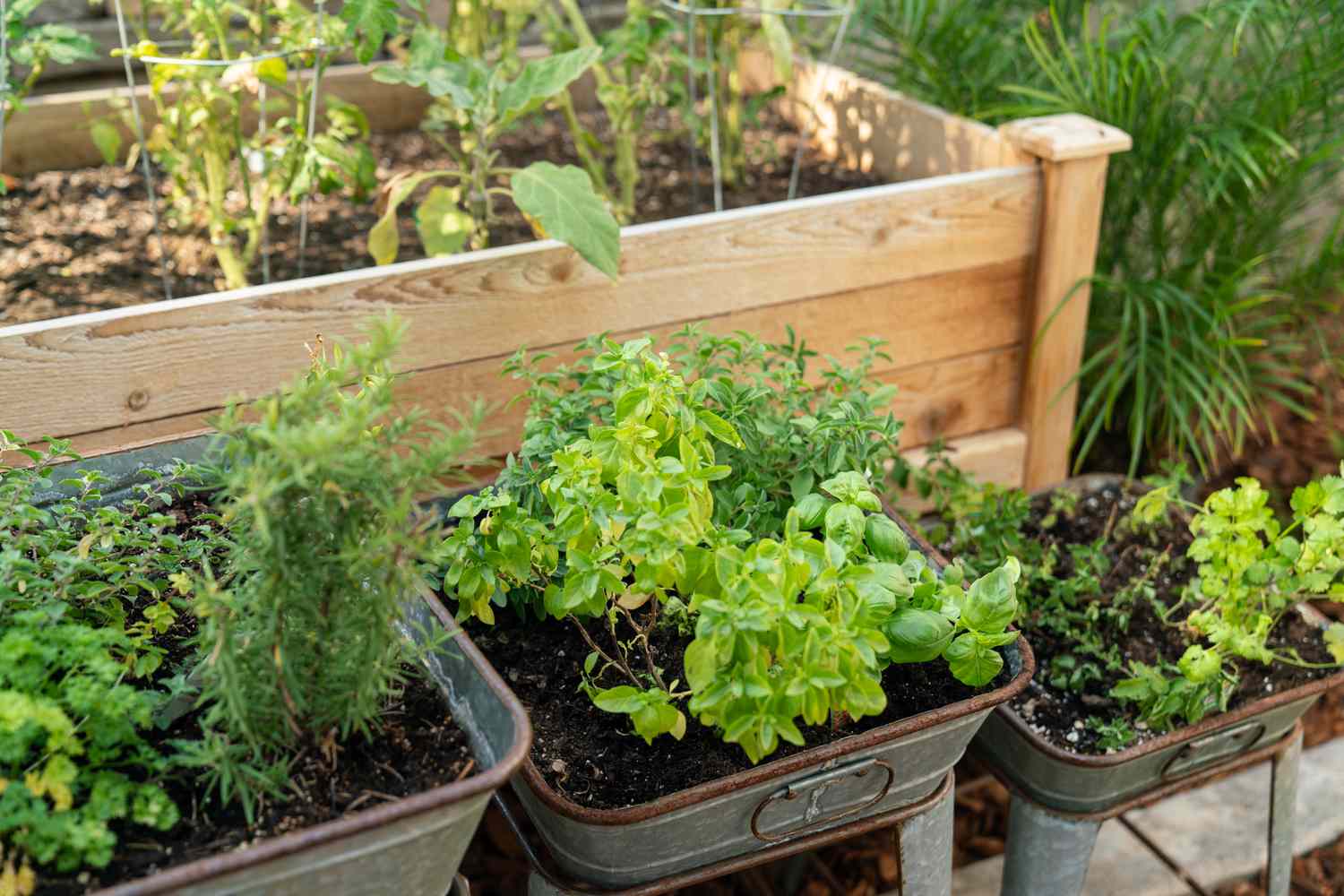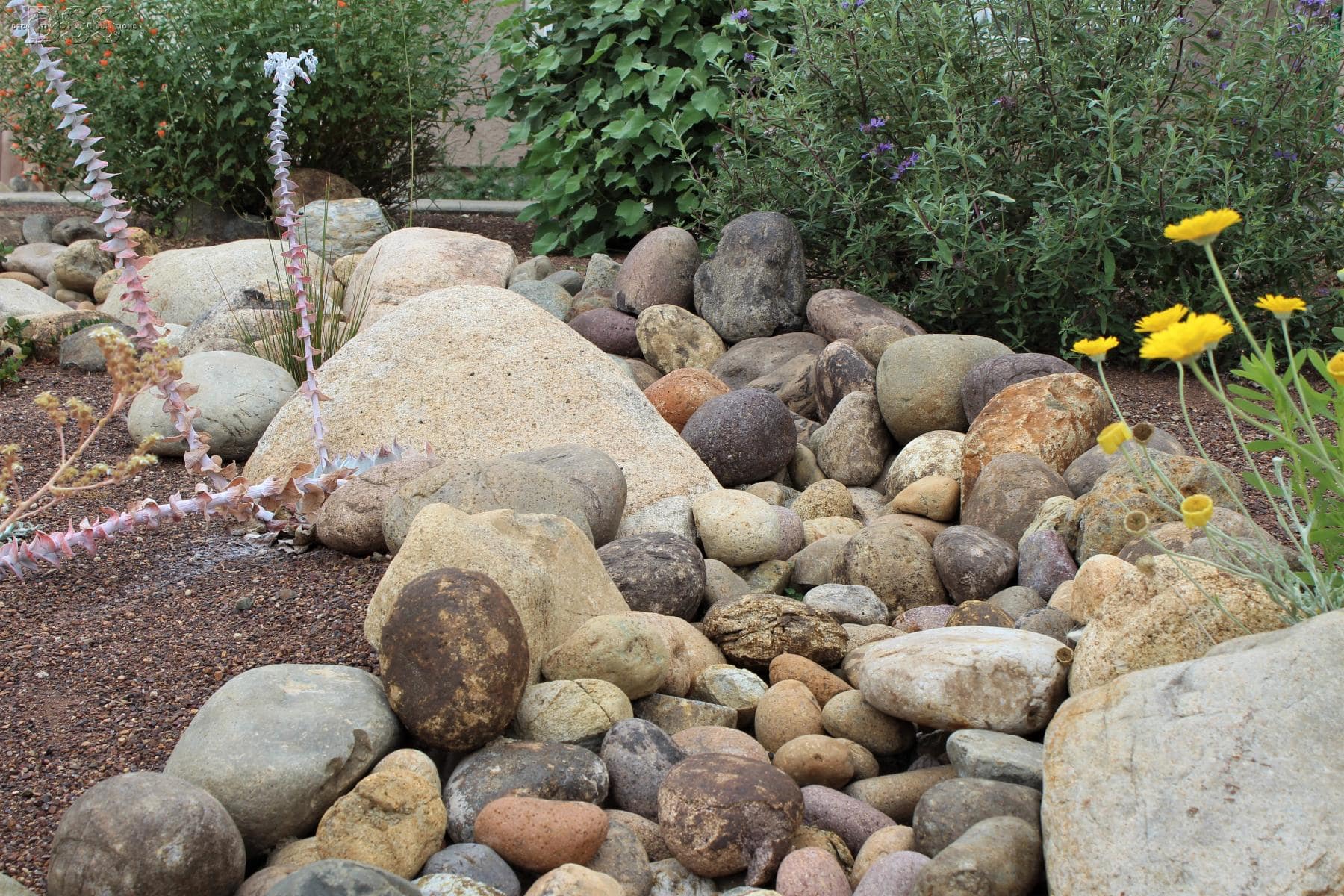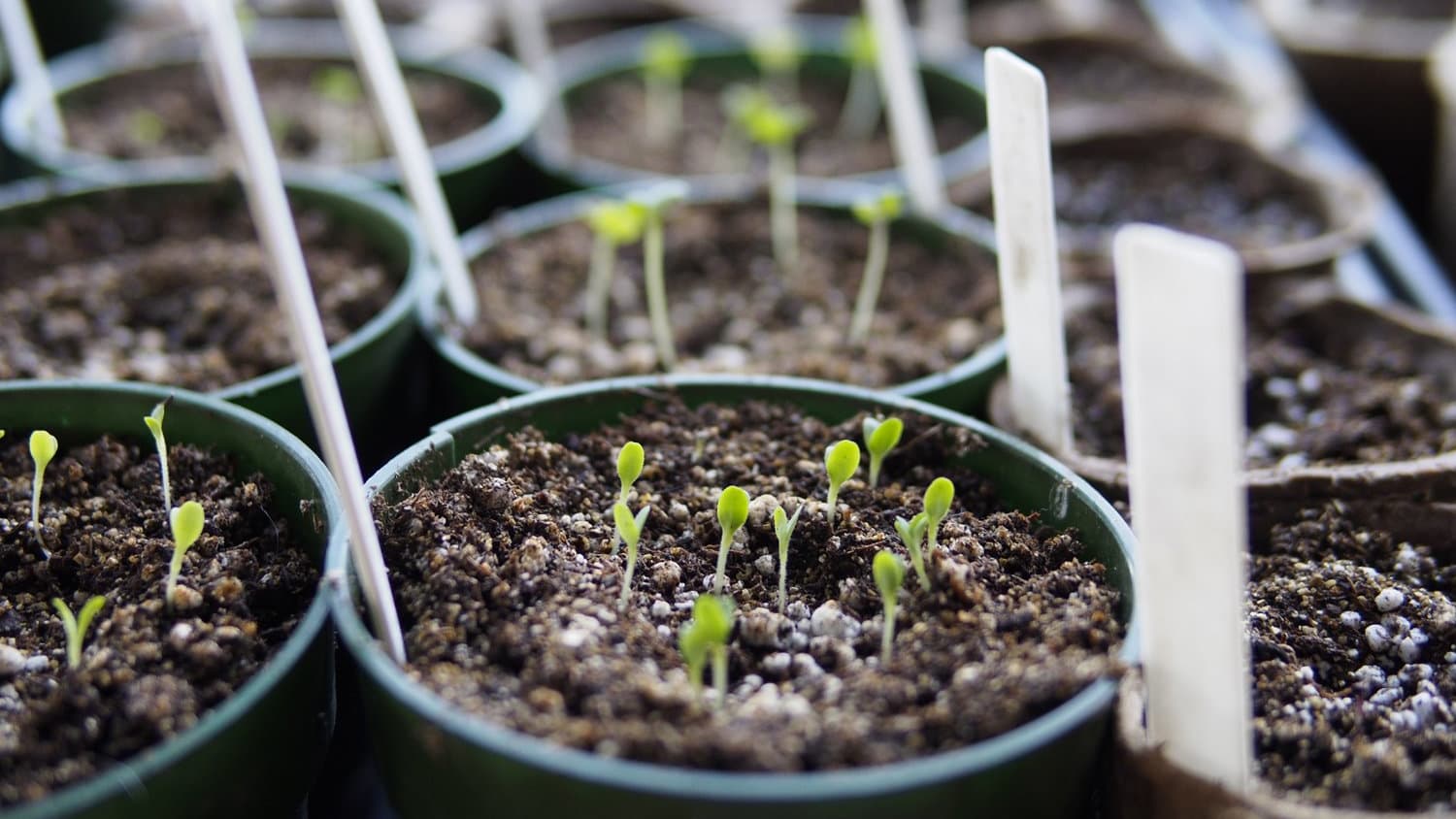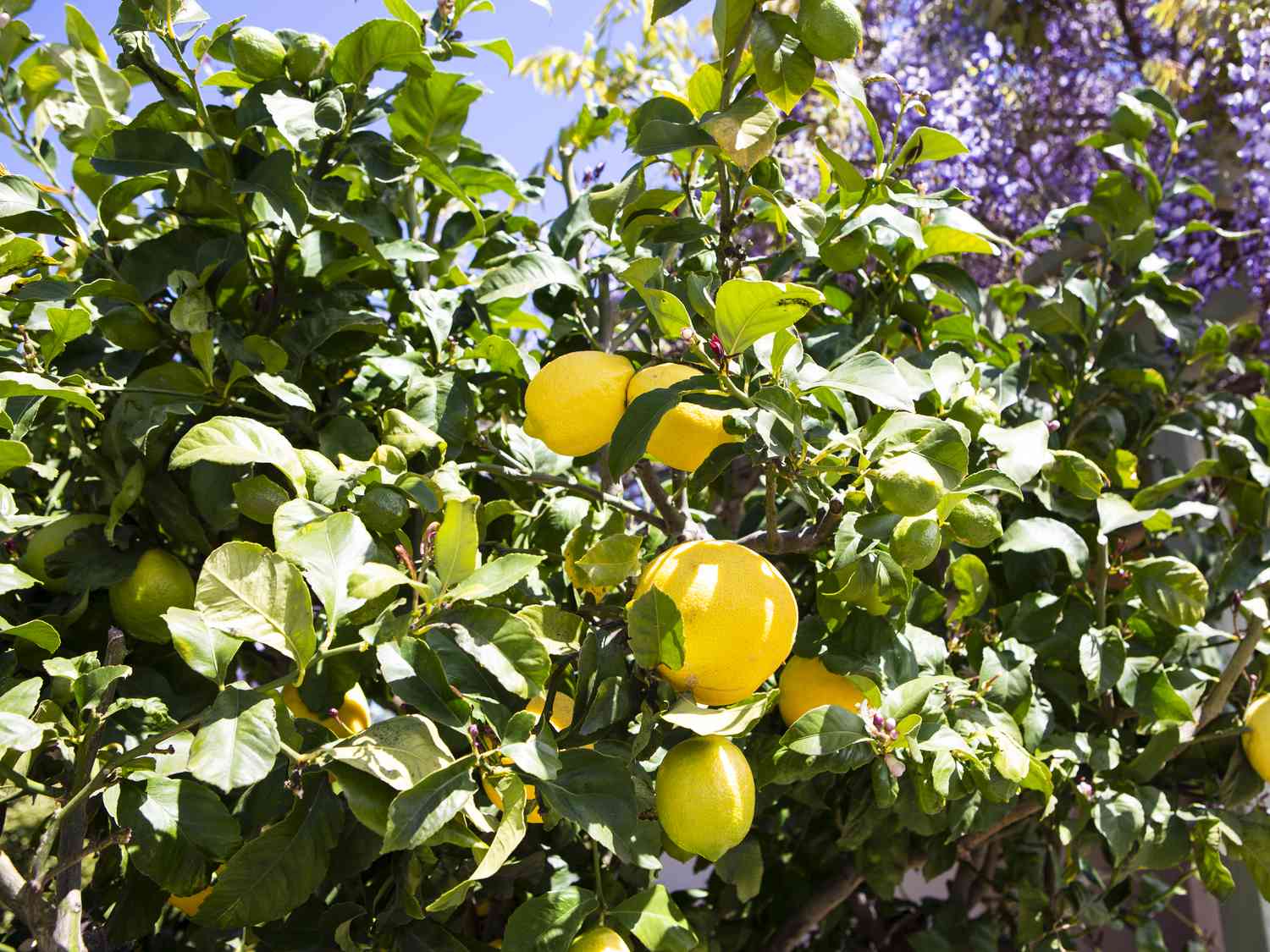Home>Types of Gardening>Ornamental Gardening>How Much Light Do Succulents Need
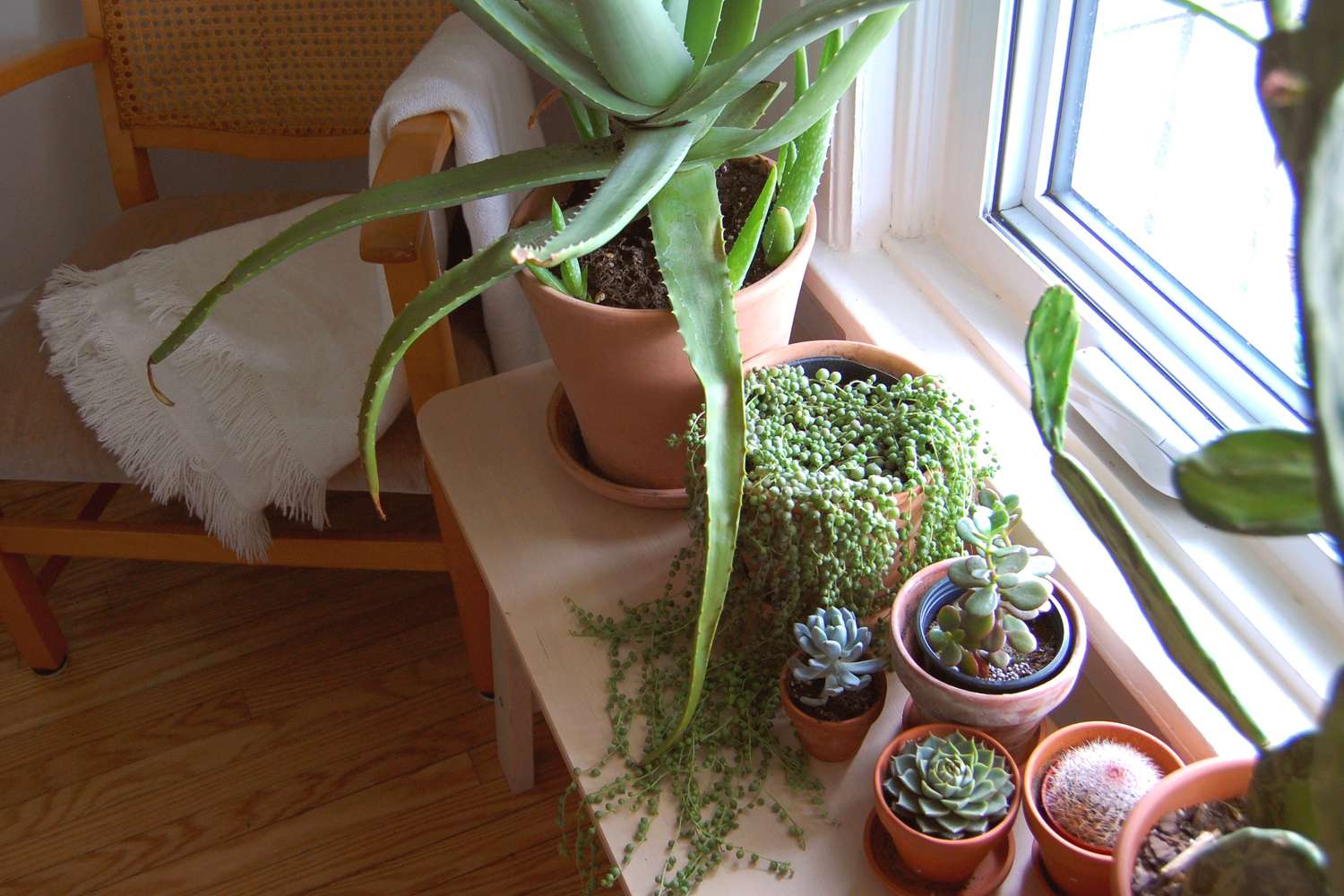

Ornamental Gardening
How Much Light Do Succulents Need
Modified: January 22, 2024
Discover the ideal light conditions for succulents in ornamental gardening. Learn how to provide the perfect amount of light for healthy, thriving succulent plants.
(Many of the links in this article redirect to a specific reviewed product. Your purchase of these products through affiliate links helps to generate commission for Chicagolandgardening.com, at no extra cost. Learn more)
Table of Contents
Introduction
Understanding the Light Needs of Succulents
Succulents have gained immense popularity among gardening enthusiasts for their captivating appearance and low-maintenance nature. These resilient plants have adapted to survive in arid environments by storing water in their fleshy leaves, stems, or roots. When it comes to caring for succulents, providing the appropriate amount of light is crucial for their overall health and growth. In this article, we will delve into the essential factors that determine the light requirements of succulents, the optimal light conditions for these plants, and how to identify signs of overexposure or underexposure to light.
Understanding the unique light needs of succulents is fundamental for cultivating thriving and vibrant plants. From the impact of light on photosynthesis to the specific light requirements of different succulent species, this comprehensive guide will equip you with the knowledge to effectively cater to your succulents' lighting needs. Whether you are a novice gardener or an experienced plant enthusiast, grasping the intricacies of light exposure for succulents will empower you to create an environment where these remarkable plants can flourish.
Understanding Succulents
Before delving into the specific light requirements of succulents, it’s essential to grasp the unique characteristics that define these captivating plants. Succulents encompass a diverse range of plant species that have evolved to thrive in arid and semi-arid regions, where water is scarce and the climate is often harsh. Their ability to store water in specialized tissues, such as their leaves, stems, or roots, enables them to withstand prolonged periods of drought.
One of the defining features of succulents is their remarkable variety, encompassing an extensive array of shapes, sizes, and colors. From the iconic rosettes of Echeveria to the striking architectural forms of Agave, the sheer diversity of succulents makes them a compelling choice for both indoor and outdoor gardens. Moreover, their adaptability to various climates and growing conditions further enhances their appeal to gardening enthusiasts.
When it comes to light requirements, succulents exhibit a range of preferences based on their natural habitat and evolutionary history. While most succulents thrive in bright sunlight, some species have adapted to tolerate partial shade. Understanding the specific needs of the succulents in your collection is crucial for providing them with the appropriate light exposure to support their growth and vitality.
By gaining insight into the evolutionary adaptations and biological characteristics of succulents, you can develop a deeper appreciation for these resilient plants and cultivate an environment that mirrors their natural habitat. This understanding forms the foundation for effectively meeting the light requirements of succulents, nurturing their well-being, and witnessing their enduring beauty in your garden or living space.
Factors Affecting Light Needs
Several key factors influence the light requirements of succulents, shaping their ability to thrive in different environments. Understanding these factors is pivotal for creating an optimal lighting regimen that supports the health and vibrancy of your succulent collection.
1. Natural Habitat
The native habitat of a succulent species plays a significant role in determining its light preferences. Succulents originating from desert regions, such as the iconic Saguaro cactus, are accustomed to abundant sunlight and intense heat. In contrast, species native to forested areas may have adapted to thrive in dappled or filtered light. By researching the natural habitats of your succulents, you can gain valuable insights into their specific light requirements.
2. Species Variability
Within the diverse world of succulents, different species exhibit varying tolerances to light intensity and duration. While some succulents, like the colorful Aloe vera, thrive in direct sunlight, others, such as Haworthia, prefer bright but indirect light. Understanding the unique preferences of each species within your collection is essential for tailoring the lighting conditions to meet their individual needs.
3. Seasonal Changes
The light requirements of succulents may fluctuate with the changing seasons. During the summer months, when the sun is at its peak, succulents may benefit from ample sunlight. In contrast, the reduced daylight hours and lower sun angle in winter could necessitate adjustments to ensure that the plants receive adequate light for healthy growth. Monitoring and adapting to these seasonal variations is crucial for sustaining optimal light conditions for your succulents.
4. Environmental Factors
Additional environmental factors, such as humidity levels and temperature, can interact with light exposure to influence the overall well-being of succulents. While some succulents thrive in high-temperature, low-humidity environments, others may require a more moderate climate. Understanding how these factors intersect with light requirements is integral to creating a harmonious growing environment for your succulent collection.
By considering these influential factors, you can tailor the light exposure for your succulents to mirror their natural habitat, species-specific needs, and seasonal variations. This thoughtful approach will contribute to the flourishing health and visual allure of your succulent garden or indoor display.
Ideal Light Conditions for Succulents
Providing the ideal light conditions is essential for the optimal growth and vitality of succulents. While the specific light requirements may vary among different species, there are general guidelines that can help you create a conducive environment for these resilient plants.
1. Bright, Indirect Sunlight
Most succulents thrive in bright, indirect sunlight. Placing them near south- or east-facing windows can provide the ideal balance of light exposure, allowing the plants to receive ample brightness without being subjected to intense, direct sunlight for extended periods. This approach mimics the conditions of their natural habitat, where they often grow under the partial shade of rocks or other vegetation.
2. Avoiding Prolonged Direct Sunlight
While succulents require sunlight for photosynthesis and overall health, prolonged exposure to direct sunlight, especially during the peak hours of the day, can lead to sunburn or damage to the plant tissues. It is crucial to strike a balance by providing sufficient light while protecting the plants from the harsh, midday sun, particularly in regions with intense sunlight or during the summer months.
3. Rotating the Plants
To promote even growth and prevent the succulents from leaning towards the light source, consider rotating the pots regularly. This practice ensures that all sides of the plants receive adequate light exposure, helping to maintain their symmetrical and robust appearance. Additionally, it minimizes the risk of etiolation, a condition characterized by elongated, weak growth due to insufficient light.
4. Supplemental Lighting for Indoor Succulents
For indoor succulents, especially in spaces with limited natural light, supplemental lighting can be beneficial. LED grow lights designed for succulents and other light-hungry plants can provide the necessary intensity and spectrum to support healthy growth. Positioning the lights at an appropriate distance above the plants and adhering to a consistent lighting schedule can effectively augment the available natural light.
By striving to replicate the bright, indirect sunlight that succulents favor in their native habitats, you can create an environment that fosters vigorous growth and vibrant foliage. Adhering to these guidelines will help you establish an optimal light regimen that promotes the well-being and visual allure of your succulent collection.
Signs of Overexposure or Underexposure to Light
Recognizing the signs of overexposure or underexposure to light is crucial for ensuring the health and vitality of your succulents. By observing the following indicators, you can make informed adjustments to the light conditions and provide optimal care for your plants.
1. Sunburn and Discoloration
Excessive exposure to direct sunlight can result in sunburn, characterized by patches of discoloration on the leaves or stems of succulents. These areas may appear brown, yellow, or white, indicating tissue damage caused by intense UV rays. Conversely, insufficient light can lead to pale or faded foliage, signaling that the plants are not receiving an adequate amount of light to support their metabolic processes.
2. Stretching and Weak Growth
When succulents do not receive enough light, they may exhibit signs of stretching or etiolation. This phenomenon is marked by elongated, weak growth as the plants reach for light sources in an attempt to compensate for the limited exposure. Etiolated succulents may appear leggy or have elongated stems with widely spaced leaves, detracting from their natural compact and robust form.
3. Leaf Drop and Loss of Vibrancy
Underexposure to light can lead to a decline in the overall vibrancy and health of succulents. The plants may experience leaf drop, where lower leaves yellow and wither before detaching from the stem. Additionally, the vibrant hues that are characteristic of many succulents may fade or become less pronounced in response to inadequate light, detracting from their visual appeal.
4. Stunted Growth and Limited Flowering
Insufficient light can hinder the growth and blooming potential of succulents. If the plants receive inadequate light for an extended period, their growth may become stunted, and they may produce fewer or smaller flowers. This can impact the overall vigor and ornamental value of the succulent specimens in your collection.
By remaining attentive to these telltale signs, you can adjust the light exposure for your succulents to mitigate the effects of overexposure or underexposure. This proactive approach will contribute to the sustained health, vigor, and aesthetic appeal of your cherished succulent plants.
Adjusting Light for Indoor Succulents
When cultivating succulents indoors, it is essential to provide them with adequate light to support their growth and well-being. However, the light conditions within indoor environments may vary, necessitating thoughtful adjustments to ensure that your succulents receive the optimal amount of illumination.
1. Assessing Natural Light Sources
Begin by evaluating the natural light sources available in your indoor space. South- and east-facing windows typically offer the brightest natural light, making them suitable locations for positioning light-hungry succulents. Observing the intensity and duration of sunlight that filters through these windows can guide your decisions regarding the placement of the plants to maximize their light exposure.
2. Using Reflective Surfaces
To enhance the distribution of natural light, consider utilizing reflective surfaces, such as mirrors or light-colored walls, to redirect and amplify the available sunlight. Placing succulents near these surfaces can help ensure that they receive sufficient light from different angles, especially in rooms where the natural light may be limited or unevenly distributed.
3. Supplemental Lighting Solutions
For indoor spaces with suboptimal natural light, incorporating supplemental lighting solutions can bridge the gap and provide the necessary illumination for succulents. LED grow lights designed for plants offer a practical and energy-efficient option for enhancing the light exposure of indoor succulents. Positioning the lights strategically above the plants and adjusting the duration of light exposure can effectively bolster their growth and vitality.
4. Monitoring Light Intensity and Duration
Regularly monitor the intensity and duration of light that indoor succulents receive, especially if their location or the seasonal light patterns in your area change. Adjusting the placement of the plants or the duration of supplemental lighting based on these observations can help ensure that they consistently receive the appropriate amount of light to support their physiological processes and ornamental appeal.
By implementing these strategies, you can tailor the light conditions for your indoor succulents to align with their specific requirements, fostering robust growth and vibrant foliage. This proactive approach will enable you to create an indoor environment where succulents can thrive and bring enduring beauty to your living space.
Conclusion
Understanding and addressing the light needs of succulents is fundamental to their overall health and visual appeal. By considering factors such as the natural habitat of the plants, species-specific preferences, seasonal variations, and environmental influences, you can create an environment that fosters the flourishing growth of these captivating specimens. Providing bright, indirect sunlight, while safeguarding the plants from overexposure, is crucial for maintaining their resilience and ornamental allure.
Recognizing the signs of overexposure or underexposure to light empowers you to make informed adjustments, ensuring that your succulents receive the optimal amount of illumination to thrive. Whether cultivating succulents indoors or in outdoor gardens, thoughtful considerations and proactive measures, such as utilizing reflective surfaces and supplemental lighting, can contribute to the sustained well-being of these remarkable plants.
As you embark on your journey of caring for succulents, remember that each species may have unique light requirements, and attentive observation is key to tailoring the light exposure to their individual needs. By integrating these insights into your succulent care routine, you can create a harmonious environment that celebrates the resilience and natural beauty of these extraordinary plants.
Embracing the art of balancing light exposure for succulents not only nurtures their vitality but also enriches your gardening experience, allowing you to witness the captivating transformations and enduring allure of these remarkable plants. Through mindful care and a deep appreciation for the interplay of light and life, you can cultivate thriving succulents that bring joy and natural splendor to your surroundings.
